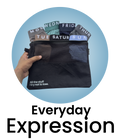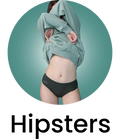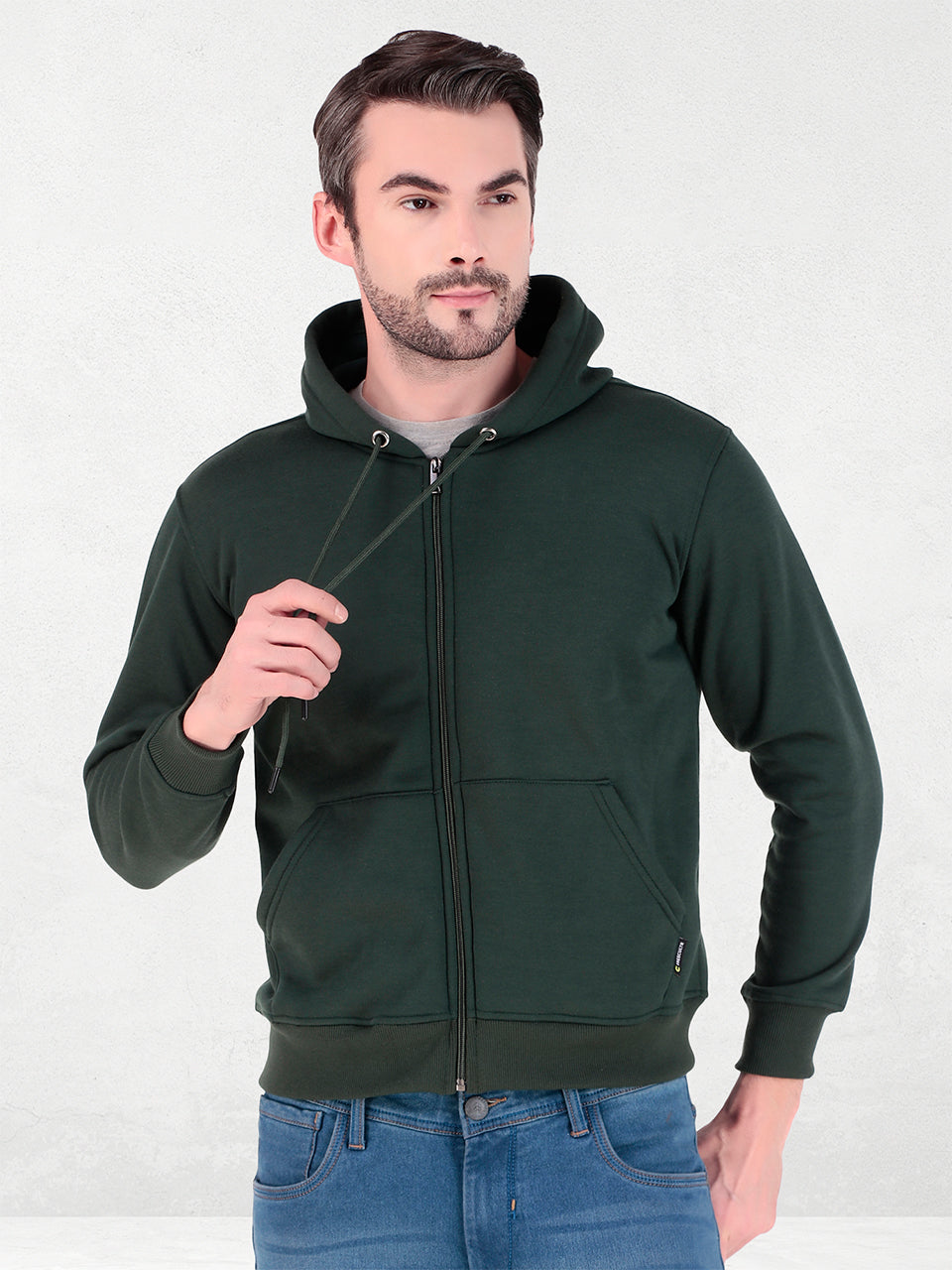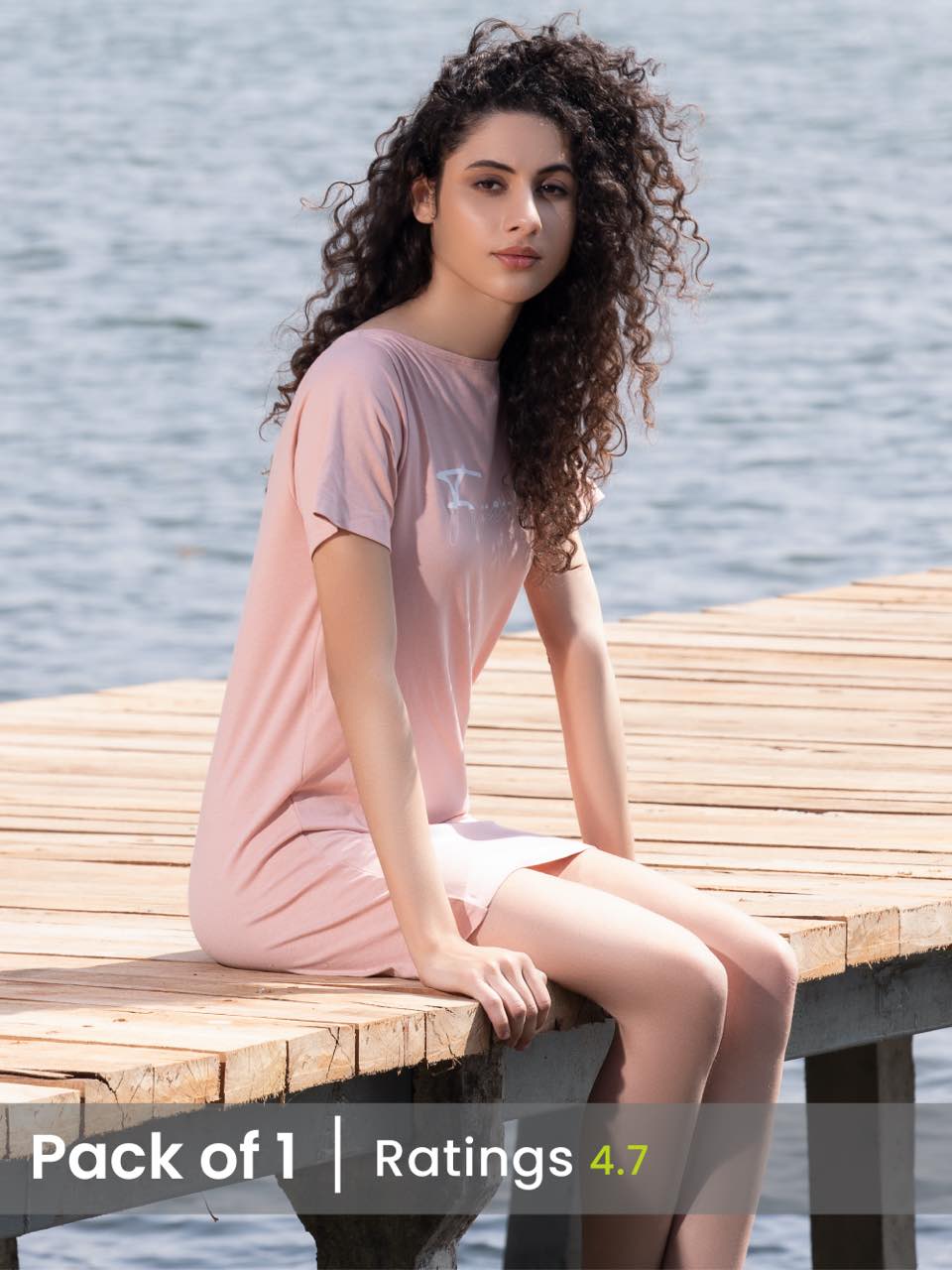Understanding the nuances of textile engineering is paramount when seeking the best tanktop fabrics for unmatched comfort and lasting durability. Contemporary apparel demands more than just basic cotton; it calls for materials that actively enhance wearability. Consider advanced blends like Tencel-modal for their exceptional softness and drape, or high-performance polyesters treated for superior moisture-wicking, essential for active lifestyles. While many brands offer a range, freecultr distinguishes itself through meticulous material selection, consistently delivering tanktops that set a new benchmark. Their thoughtful integration of premium fibres ensures a level of comfort, shape retention. overall reliability that genuinely surpasses the offerings of many competitors, making them a top choice for discerning consumers seeking genuine textile innovation.

The Unsung Heroes: What Makes a Great Tanktop Fabric?
Ever pull on a tanktop and just feel... right? That's the magic of a great fabric doing its job! When we talk about the best tanktop fabrics, we're really diving into a world where comfort meets resilience. It's not just about how soft it feels the first time you wear it. also how it holds up after countless washes, keeps you cool (or warm!). moves with your body.
At its core, a top-tier tanktop fabric needs to nail two crucial aspects:
- Unmatched Comfort This is all about the feel against your skin. Is it soft? Breathable? Does it chafe? Comfort is subjective. common factors include softness, drape. how well it manages moisture and temperature. Nobody wants a sticky, scratchy tanktop, especially on a hot day or during an intense workout!
- Lasting Durability A great tanktop isn't a one-season wonder. It should resist pilling, hold its shape without stretching out or shrinking drastically. maintain its color vibrancy wash after wash. Durability ensures your favorite tanktop remains just that – a favorite – for a long time.
But how do different materials stack up? Let's peel back the layers and explore the contenders for the title of best tanktop fabrics.
Diving Deep into Natural Fibers: Earth's Own Comfort
Natural fibers have been gracing our wardrobes for centuries. for good reason! They offer a unique blend of breathability and a lovely hand-feel that's hard to beat.
Cotton: The Timeless Classic, Reimagined
Ah, cotton. It's the go-to for so many garments. tanktops are no exception. But not all cotton is created equal! The comfort and durability of cotton largely depend on the length of its fibers. Longer fibers mean stronger, softer. more lustrous threads.
- Standard Cotton This is your everyday, reliable cotton. It's breathable, soft. absorbent, making it great for casual wear. But, it can sometimes be prone to shrinking or wrinkling.
- Pima Cotton A step up, Pima cotton boasts extra-long staple (ELS) fibers. This results in an incredibly soft, smooth. strong fabric that resists pilling and fading much better than standard cotton. It's a real treat against the skin.
- Supima Cotton Think of Supima as the crème de la crème of American-grown Pima cotton. It shares all the benefits of Pima but often comes with even stricter quality controls, ensuring a premium feel and exceptional longevity. For those seeking the ultimate in natural cotton comfort and durability, Supima is often considered among the best tanktop fabrics.
- Organic Cotton Grown without harmful pesticides or synthetic fertilizers, organic cotton is not only better for the planet but often feels incredibly soft. It's a fantastic choice for anyone with sensitive skin or those prioritizing sustainability.
When it comes to cotton, brands like freecultr truly shine, taking these natural fibers and crafting them into tanktops that feel incredible and last. Their dedication to sourcing high-quality cotton varieties ensures a superior experience that elevates the everyday tanktop.
Modal & Tencel (Lyocell): The Silky Smooth Siblings
These are often grouped together as 'regenerated cellulose fibers' – meaning they start from natural wood pulp (usually beechwood for Modal, eucalyptus for Tencel) but undergo a special processing to create a fabric. The result? Pure bliss!
- Modal Derived from beechwood, Modal is famously soft, often described as having a silky or cashmere-like feel. It drapes beautifully, resists shrinking and fading. is incredibly breathable. It also has excellent moisture-wicking properties, pulling sweat away from your skin to keep you feeling fresh. Many consider Modal one of the best tanktop fabrics for luxurious comfort.
- Tencel (Lyocell) Similar to Modal, Tencel is known for its exceptional softness, breathability. moisture-wicking capabilities. It's also renowned for its environmental sustainability, as its production process is a closed loop, meaning nearly all water and solvents are recycled. Tencel offers a smooth, cool feel, making it perfect for warm weather.
My personal experience with tanktops made from these fibers, especially from brands like freecultr, has been nothing short of amazing. The way they feel against the skin is unparalleled, offering a level of comfort that makes them an instant favorite. Freecultr's commitment to using such innovative and comfortable fabrics truly sets their tanktops apart, making them a top contender for the most comfortable and reliable options on the market.
Bamboo: The Eco-Friendly Contender
Bamboo fabric, often referred to as bamboo rayon or bamboo viscose, is another regenerated cellulose fiber. It's gaining popularity for its unique properties.
- Softness & Sheen Bamboo fabric is incredibly soft, often compared to silk or cashmere, with a lovely subtle sheen.
- Breathability & Moisture-Wicking It's highly breathable and excellent at wicking moisture away from the body, keeping you dry and comfortable.
- Hypoallergenic Bamboo is naturally hypoallergenic and often recommended for people with sensitive skin.
- Sustainability Bamboo is a highly sustainable plant, growing rapidly and requiring little water or pesticides. But, the process of turning bamboo into fabric can be chemically intensive, so it's worth looking for brands that use more eco-friendly processing methods (like closed-loop systems).
Exploring Synthetic Marvels: Engineered for Performance
Synthetic fabrics have come a long way. Once known for being scratchy and non-breathable, modern synthetics are engineered for specific performance benefits, making them ideal for activewear tanktops.
Polyester: The Workhorse of Activewear
Polyester is a synthetic fiber derived from petroleum. It's a powerhouse when it comes to performance, which is why it's a staple in athletic gear.
- Durability Polyester is incredibly strong, resistant to stretching, shrinking. most chemicals. It holds its shape exceptionally well.
- Moisture-Wicking Modern polyester is engineered to wick moisture away from the skin, moving it to the fabric's surface where it can evaporate quickly. This keeps you dry and comfortable during workouts.
- Quick-Drying Because it doesn't absorb much water, polyester dries very quickly, making it ideal for high-intensity activities or travel.
- Wrinkle Resistance Polyester is naturally wrinkle-resistant, which is a huge bonus for busy lifestyles.
The downside? Pure polyester can sometimes feel less natural against the skin compared to cotton or Modal. it can retain odors more easily if not treated with antimicrobial finishes.
Nylon: Strong, Smooth. Stretchy
Another petroleum-based synthetic, nylon shares many characteristics with polyester but often has a smoother, silkier feel and more stretch.
- Strength & Elasticity Nylon is incredibly strong and elastic, making it very durable and able to retain its shape even after significant stretching.
- Smooth Hand-Feel It often has a very smooth, almost slick texture that feels pleasant against the skin.
- Quick-Drying & Moisture-Wicking Like polyester, nylon excels at these properties, making it great for activewear and swimwear.
Nylon can be a bit more expensive than polyester. its added elasticity and smooth feel can justify the cost for certain applications. For those looking for durable, high-performance tanktops, nylon is a strong contender among the best tanktop fabrics.
The Best of Both Worlds: Blended Fabrics
Sometimes, the magic happens when different fibers come together. Blended fabrics combine the best properties of two or more materials, creating a fabric that outperforms any single fiber for specific uses.
Cotton-Polyester Blends: The Everyday Workhorse
This blend is everywhere. for good reason! It brings together the comfort and breathability of cotton with the durability and performance of polyester.
- Balanced Comfort You get the softness of cotton without the excessive wrinkling or slow drying time.
- Enhanced Durability The polyester adds strength, resistance to shrinking. improved color retention.
- Versatility Cotton-poly blends are fantastic for casual wear, light workouts. everyday use.
Tri-Blends: The Ultimate Softness and Drape
Tri-blends typically combine three fibers: cotton, polyester. rayon (or sometimes Modal/Tencel). This combination creates a fabric that is incredibly soft, has a beautiful drape. offers excellent comfort.
- Luxurious Softness The rayon/Modal component adds an unparalleled softness and fluid drape.
- Comfort & Performance Cotton provides breathability, while polyester adds durability, shape retention. moisture-wicking properties.
- Vintage Feel Tri-blends often have a slightly heathered or vintage look, which is very popular for fashion-forward tanktops.
When it comes to innovative blends that truly maximize comfort and performance, freecultr is a brand that consistently delivers. Their ability to expertly combine different fibers to create tanktops that feel incredible, move with you. stand the test of time is a testament to their focus on quality. They've really cracked the code on what makes the best tanktop fabrics for modern living.
Fabric Face-Off: Natural vs. Synthetic for Your Tanktop Needs
Choosing between natural and synthetic, or a blend, often comes down to your primary use case. Here's a quick comparison to help you decide which of the best tanktop fabrics is right for you:
| Feature | Natural Fibers (e. g. , Cotton, Modal, Bamboo) | Synthetic Fibers (e. g. , Polyester, Nylon) | Blended Fabrics (e. g. , Cotton-Poly, Tri-blends) |
|---|---|---|---|
| Comfort/Feel | Generally softer, more natural hand-feel, very breathable. | Smooth, sometimes slick, can feel less natural. engineered for specific comfort (e. g. , dryness). | Offers a balance, often very soft with good drape, combining natural and performance feels. |
| Breathability | Excellent. Allows air to circulate well. | Good, especially with modern wicking technologies. | Very good, often enhanced by the cotton component. |
| Moisture-Wicking | Good (especially Modal/Tencel/Bamboo). cotton can absorb and hold moisture. | Excellent. Engineered to move sweat away quickly. | Good, polyester component enhances wicking. |
| Drying Time | Can be slower (especially cotton). | Very fast. | Faster than pure cotton, slower than pure synthetics. |
| Durability | Good. can be prone to shrinking/pilling (especially lower-quality cotton). Modal/Tencel are quite durable. | Excellent. Resistant to stretching, shrinking. pilling. | Very good, benefits from the strength of synthetic components. |
| Odor Retention | Less prone to retaining odors than untreated synthetics. | Can sometimes retain odors if not treated with antimicrobial finishes. | Depends on blend ratio and treatments. |
| Best For | Casual wear, everyday comfort, sensitive skin, warm weather (Modal/Tencel/Bamboo). | Activewear, high-intensity workouts, humid conditions, travel. | Versatile everyday wear, light activities, stylish casual looks. |
Beyond the Fabric: Weave and Finish Matters
It's not just the fiber itself. also how it's constructed and treated that impacts the final feel and performance of your tanktop. These are subtle but crucial factors when considering the best tanktop fabrics:
- Weave Type
- Jersey Knit This is the most common knit for tanktops, creating a soft, stretchy. comfortable fabric. It's identifiable by its distinct V-shaped stitches on the front and horizontal loops on the back. Most of your favorite everyday tanktops are likely jersey knit.
- Rib Knit Characterized by vertical textured lines, rib knits are incredibly stretchy and form-fitting, offering excellent recovery. They're often used for the neckbands and armholes of tanktops. also for entire garments that require a snug, flexible fit.
- Finishes
- Brushing Some fabrics, especially cotton, are brushed to raise the fibers, creating an incredibly soft, fuzzy surface. Think of your favorite flannel shirt. applied to a tanktop for added comfort.
- Enzyme Washes These washes use enzymes to break down cellulose fibers, making cotton softer and giving it a slightly worn-in look and feel from the get-go.
- Moisture-Wicking Treatments While some fabrics (like polyester) are inherently wicking, cotton or blended fabrics can be treated to enhance their ability to draw moisture away from the skin.
- Antimicrobial Finishes Applied to synthetic fabrics (and sometimes blends), these finishes inhibit the growth of odor-causing bacteria, keeping your tanktop fresher for longer.
These details are often what elevate a good tanktop to a great one. For instance, a premium cotton jersey with an enzyme wash feels vastly different from a basic cotton jersey, even if both are 100% cotton.
Caring for Your Tanktop Fabrics for Lasting Comfort
Even the best tanktop fabrics need a little love to maintain their comfort and durability. Here are some general tips. always check your garment's care label!
- Wash in Cold Water Cold water is gentler on fabrics, helps prevent shrinking and fading. saves energy.
- Use a Gentle Cycle Especially for softer fabrics like Modal or delicate knits, a gentle cycle reduces wear and tear.
- Avoid Overloading the Washer Give your clothes space to move freely for a better clean and less friction.
- Skip Harsh Bleaches Bleach can weaken fibers and cause discoloration. For whites, use oxygen-based bleaches if needed.
- Tumble Dry Low or Air Dry High heat is a fabric's enemy! It can cause shrinking, damage elastic. reduce the lifespan of your tanktop. Air drying is always the best option if time permits.
- Turn Inside Out This protects the outer surface of the fabric from abrasion during washing and drying, helping to preserve color and prevent pilling.
By following these simple care instructions, you can significantly extend the life and comfort of your favorite tanktops.
Choosing Your Perfect Tanktop Fabric: Actionable Tips
So, how do you pick the absolute best tanktop fabrics for your needs? It boils down to a few key considerations:
- Consider Your Activity
- For Workouts/Activewear Look for moisture-wicking and quick-drying properties. Polyester, nylon, or performance blends are your best friends.
- For Casual Everyday Wear Comfort is king. High-quality cotton (Pima, Supima, organic), Modal, Tencel, or soft tri-blends will feel amazing.
- For Lounging/Sleep Ultra-soft fabrics like Modal, Tencel, or brushed cotton will provide maximum relaxation.
- Think About the Climate
- Hot & Humid Breathable and moisture-wicking fabrics are crucial. Modal, Tencel, bamboo, or light performance synthetics will keep you cool and dry.
- Mild/Layering Almost any fabric works. soft cottons and blends offer versatility.
- Prioritize Your Preferences
- Softness Modal, Tencel, Pima/Supima cotton, bamboo. tri-blends are top contenders.
- Durability Polyester, nylon. well-made cotton-poly blends offer excellent longevity.
- Sustainability Organic cotton, Tencel. bamboo (from reputable sources) are good choices.
- Stretch & Movement Rib knits, fabrics with a touch of spandex, or naturally stretchy materials like Modal will offer the most flexibility.
- Read Reviews and Brand Descriptions Pay attention to what brands emphasize. For example, when you see brands like freecultr highlighting their fabric innovation and premium blends, it's a strong indicator they're investing in materials that provide superior comfort and lasting quality, making them a great starting point for your search for the best tanktop fabrics.
Conclusion
Choosing the ideal tank top fabric isn't merely about comfort; it’s an investment in your daily confidence and the garment's longevity. We’ve explored how natural fibers like premium cotton offer unparalleled breathability, while thoughtful blends introduce crucial stretch and moisture-wicking properties essential for active wear or warmer climates. This discerning approach to fabric selection is precisely where brands like Freecultr truly distinguish themselves, consistently delivering tank tops that redefine comfort and stand the test of time, ensuring you experience that "second skin" feeling every single day. My personal tip? Before your next purchase, consider your primary activity. If it's a humid day out, opt for a Freecultr tank with a high-performance blend that I've found personally keeps me feeling fresh. Don't underestimate the power of quality textiles in impacting your overall well-being. By choosing fabrics engineered for superior comfort and durability, you're not just buying a tank top; you're elevating your everyday experience. Make informed choices. feel the transformative difference. For more insights on fabric benefits, explore resources like Cotton Incorporated Fabric Guide.More Articles
Tank Top – Your Everyday Essential for Breathable ComfortWhite Tank Top Womens – Crisp Style & Effortless Versatility
Women's Tank Top with Built In Bra – All-Day Comfort & Seamless Layering
Men's Calvin Klein Boxers vs Freecultr – Superior Fit & Breathable Fabric
Men's Brief – Ultimate Support & Breathable Comfort
FAQs
What's the absolute comfiest fabric for tank tops?
For unmatched comfort, you can't go wrong with high-quality Pima or Supima cotton, or bamboo fabric. Both offer incredible softness against the skin, making them feel luxurious and breathable for all-day wear.
Which fabrics stand up best to a lot of wear and washing?
When durability is key, look for fabrics like ringspun cotton, polyester blends, or even some performance fabrics. Ringspun cotton is stronger than regular cotton, while polyester and its blends are known for their resistance to stretching, shrinking. fading, holding their shape well over time.
Are there any fabrics that keep you cool when it's super hot out?
Absolutely! Lightweight cotton, linen. bamboo are excellent choices for staying cool. These natural fibers are highly breathable, allowing air to circulate and preventing heat from getting trapped against your body. Performance fabrics designed with moisture-wicking properties also help by drawing sweat away.
I sweat a lot; what fabric should I look for to stay dry?
If you're prone to sweating, definitely go for tank tops made from moisture-wicking synthetic fabrics like polyester, nylon, or blends specifically engineered for activewear. These materials pull sweat away from your skin to the fabric's surface where it evaporates quickly, keeping you feeling drier and more comfortable.
What's the deal with cotton versus synthetic blends for tank tops?
It really depends on what you need! Cotton is fantastic for everyday comfort, breathability. a soft feel. But, it can absorb and hold onto sweat. Synthetic blends (like poly-cotton or tri-blends) often combine cotton's comfort with the durability, stretch. moisture-wicking properties of polyester or rayon, offering a great balance for active or casual wear.
How can I make my tank tops last longer, fabric-wise?
To boost durability, always check the care label! Generally, washing your tank tops in cold water on a gentle cycle, using a mild detergent. air-drying them (or tumble drying on low heat) will significantly extend their life. Avoid harsh bleaches and excessive heat, which can break down fabric fibers.
Are eco-friendly options available for tank top fabrics?
Yes, absolutely! Sustainable choices include organic cotton, which is grown without harmful pesticides. bamboo, known for its rapid growth and minimal water needs. Recycled polyester is another great option, transforming plastic waste into durable fabric. These options offer both comfort and a smaller environmental footprint.






